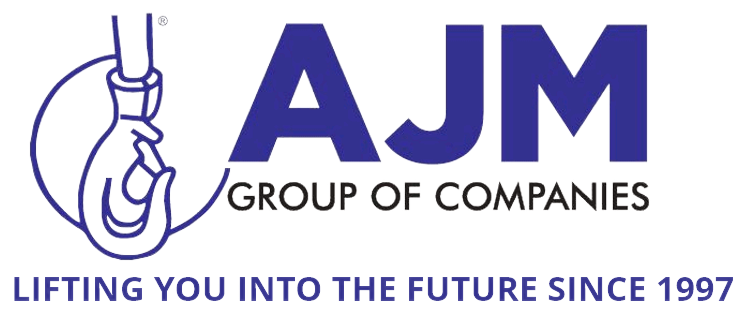How often do you stop to think about the weight your lifting equipment handles every day? Each beam, cable, and hook takes on immense stress, shift after shift. You trust it with heavy loads, valuable materials, and, most importantly, with people’s safety. But trust alone is never enough; proof of performance is everything. That is where load testing steps in…
The hidden risk you can’t see
Imagine a crane that has worked flawlessly for years. It still moves smoothly, the hoist still lifts as it should, and the operators know its rhythm by heart. But unseen inside the system, in the bolts, joints, and cables, stress builds up slowly. Metal fatigue. Components wear.
The problem? You won’t always see the danger coming. Cracks and weaknesses often stay hidden until the moment they cause failure. One broken link in the chain, and the results can be catastrophic.
Load testing exposes those weaknesses before they turn into disasters. It is not just a compliance exercise; it is your first line of defence against downtime, equipment damage, and injury.
Annual or Biannual, What’s the difference?
Many businesses assume that one test every few years is enough. It isn’t. Depending on how frequently your equipment operates, annual or biannual load testing can make the difference between predictable performance and a costly breakdown.
For sites that use lifting equipment daily, such as workshops, factories, construction sites, and logistics yards, annual testing ensures that every moving part is still within safe limits.
For more demanding environments, where loads are heavier or cycles are frequent, biannual testing provides extra reassurance. After all, machinery does not rest, and neither should your maintenance schedule.
Compliance is not optional
South African safety standards are clear: every lifting machine must undergo regular load testing to prove that it performs safely and reliably. These regulations are not red tape — they are protection. A properly certified load test demonstrates that your equipment meets all required performance and safety benchmarks.
And when inspections happen or audits are due, having that certificate on hand saves time, stress, and costly shutdowns.
Safety and savings go hand in hand
Think about the cost of a single equipment failure. Lost production time. Emergency repairs. Insurance claims. Delays in delivery schedules. It adds up quickly.
Now think about what a load test costs in comparison, a small, scheduled check that prevents all of that. Load testing is one of those rare investments that saves you money while keeping your people safe.
Each test verifies not only the lifting capacity but also the integrity of components like hooks, chains, brakes, and gearboxes. If something is wearing down faster than expected, you’ll know before it breaks. That means you can repair or replace parts proactively rather than reactively.
Precision and confidence
There is also something deeply reassuring about a load test done right. Watching your equipment handle its rated load under controlled conditions gives operators and supervisors peace of mind. It proves that the system is sound and that safety is more than just a policy — it is a practice.
That confidence ripples through your team. Operators work more efficiently when they know their tools are tested and trusted. Managers sleep better knowing they have eliminated the guesswork.
Don’t wait for a warning sign
Equipment rarely fails without warning, but if you are not testing, you will never see the signs. A small issue today can become a major incident tomorrow. Load testing turns uncertainty into data, and data into action.
It is simple: test regularly, catch problems early, and keep your operation running safely and smoothly.
Final thoughts
Load testing is not just about compliance. It is about care, responsibility, and professionalism. It proves that your equipment can handle what you demand of it, every single time. Annual and biannual testing is an investment in safety, productivity, and peace of mind. Because in the lifting industry, the only load you cannot afford to carry is the weight of uncertainty.
